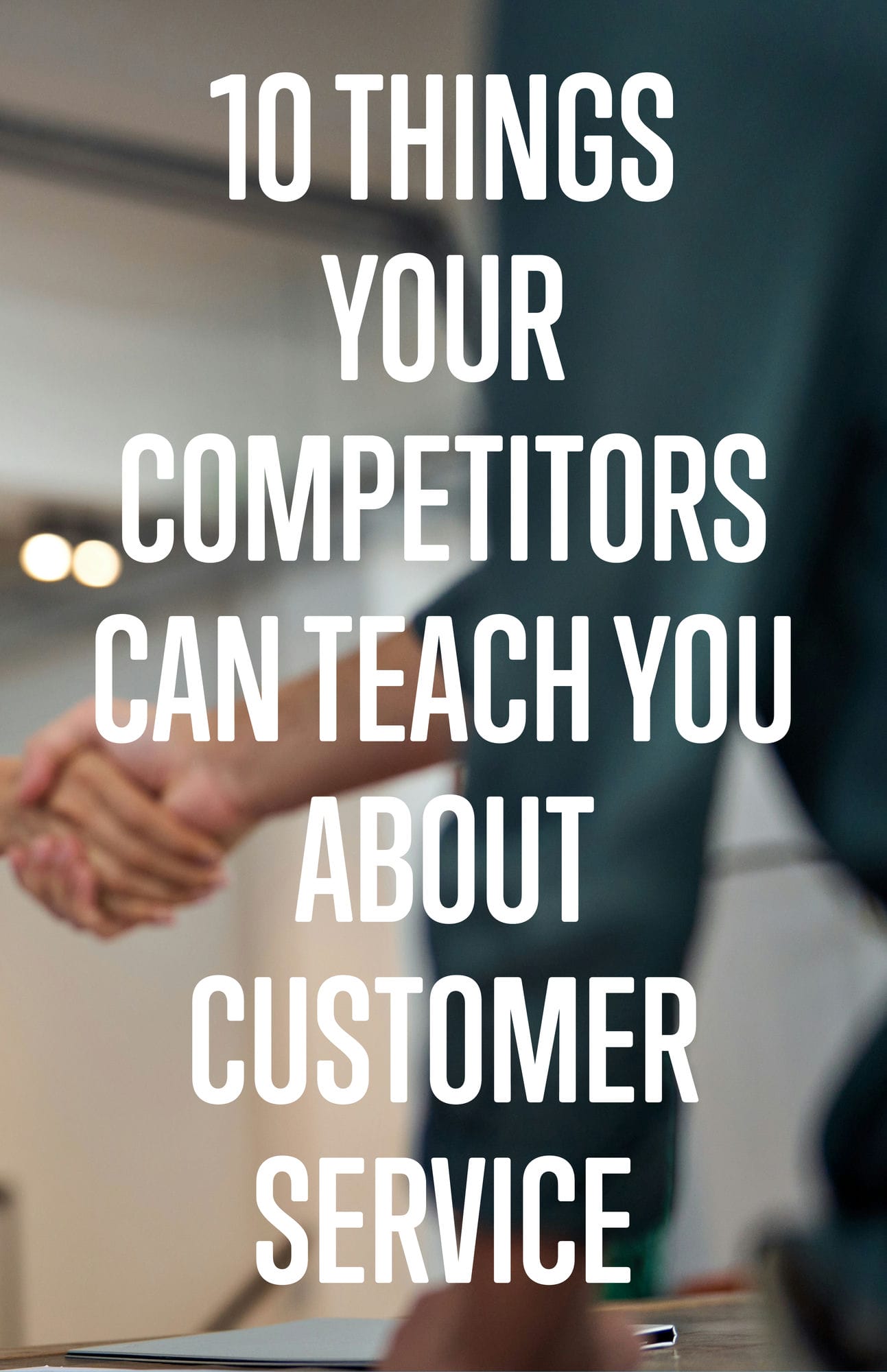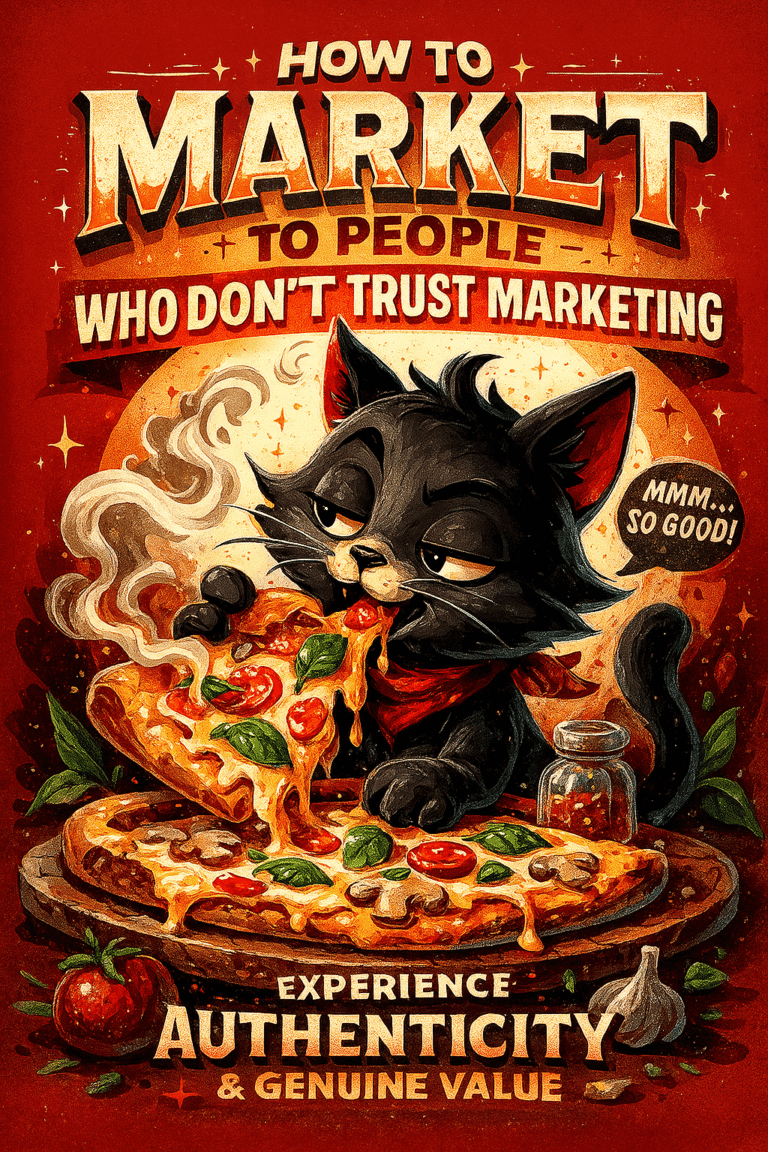
Have you ever wondered why some businesses just seem to get customer service right, while others struggle to keep up? The answer often lies in the subtle, yet impactful, ways companies choose to interact with their customers. But here’s a little secret: sometimes, the best lessons can be learned from those you might least expect—your competitors.
In the business world, the phrase “keep your friends close and your enemies closer” takes on a whole new meaning. Your competitors aren’t just entities to outperform; they can be treasure troves of valuable insights. After all, they’re appealing to the same customer base and are likely facing similar challenges. Why not learn from their successes and avoid their pitfalls?
In this post, we’ll delve into the top 10 customer service lessons you can learn from your competitors. From the speed of service and effective complaint handling to leveraging technology for a seamless customer experience, we’re going to dissect the strategies that make them stand out. So, sit up straight and get ready to take some notes—you might just find a few game-changers for your own business.
Why Learning from Competitors is Important
The Concept of Competitive Analysis
In business, knowledge is power, and one of the best ways to arm yourself is through competitive analysis. This involves identifying your competitors and evaluating their strategies to determine their strengths and weaknesses relative to your own. It’s like a cheat sheet for what’s working and what’s not in your industry, but it’s not about copying—it’s about understanding. By digging deep into how other businesses operate, especially in the realm of customer service, you can uncover tactics or approaches that could benefit your own operations.
The Value of Observational Learning
Let’s face it, trial and error can be expensive. Not just in terms of money, but also in customer satisfaction and loyalty, which are much harder to quantify and regain. This is where the beauty of observational learning comes into play. By carefully watching how your competitors handle customer service—both the good and the bad—you get a risk-free learning experience.
Are they using a chatbot that customers actually find helpful? Do they have an effective system for managing customer complaints that you haven’t thought of? These are insights that you can adopt or adapt to fit your business model, without the cost and hassle of starting from scratch. It’s like being given a playbook ahead of the big game; it doesn’t guarantee a win, but it certainly gives you a head start.
The 10 Lessons
1. Speed of Service
When it comes to customer service, time really is money—for both the customer and the business. Ever noticed how some of your competitors are always quick to respond, whether it’s an email, chat, or social media comment? They understand that prompt service can make a significant difference in customer perception.
Examples and Takeaways:
- Some competitors may be using automated chatbots to handle initial inquiries, ensuring that a customer is attended to within the first few seconds of landing on their site.
- Another strategy could be employing a dedicated social media team that’s quick to respond to customer mentions and inquiries.
Potential Takeaway:
Consider implementing a ticketing system that prioritizes customer queries based on urgency, so no one’s left hanging for too long.
2. Customer Engagement
Customer engagement isn’t just about responding to questions or complaints; it’s about building a relationship. Businesses that excel in this area aren’t just reactive; they’re proactive. They send out newsletters, engage in social media conversations, and even reach out just to check in.
Examples and Takeaways:
- One competitor might use a CRM system that allows them to track customer interactions and prompts them to reach out during periods of inactivity.
- Another could be using personalized email campaigns that cater to the individual needs or past behaviors of the customer.
Potential Takeaway:
Explore Customer Relationship Management (CRM) tools that offer these engagement features, or consider hiring a dedicated community manager to maintain ongoing relationships.
3. Handling Complaints
Nobody likes to receive complaints, but they’re an inevitable part of business. What sets some competitors apart is their ability to turn these complaints into opportunities for growth and relationship-building. Instead of viewing complaints as a nuisance, they see them as feedback to improve their service.
Examples and Takeaways:
- Some competitors might employ the “service recovery paradox,” where a well-handled complaint can actually increase customer loyalty.
- Others may use software that funnels complaints directly to a dedicated team trained in de-escalation techniques.
Potential Takeaway:
Develop a comprehensive complaint-handling protocol for your team. Include specific guidelines on how to turn the situation around and possibly win a customer for life.
4. Personalization
In a world where customers are bombarded with generic ads and scripted customer service, a personalized touch can be a breath of fresh air. Personalizing interactions isn’t just good manners; it’s good business. Customers feel valued and are more likely to be loyal when they feel like more than just a number.
Examples and Takeaways:
- Some competitors might be using sophisticated CRM systems that track customer preferences and history, allowing their customer service reps to offer more personalized advice or product recommendations.
- Others might send personalized birthday offers or milestone discounts to celebrate the length of a customer’s relationship with the business.
Potential Takeaway: Consider incorporating personalization features in your customer relationship strategies. Whether it’s as simple as addressing a customer by their first name or as complex as predictive personalization based on their behavior, make them feel unique.
5. Multichannel Support
Customers are everywhere—email, social media, phone, chat—and they expect you to be there too. Offering multichannel support isn’t just a nice-to-have; it’s almost a requirement for any modern business. The goal is to provide a seamless experience, no matter where your customers choose to interact with you.
Examples and Takeaways:
- Some competitors might have an integrated support system that allows customers to switch between channels without losing context or having to repeat themselves.
- Others might use specialized software that funnels all customer queries from different platforms into a single dashboard for easier management.
Potential Takeaway: Evaluate your current customer service channels and look for ways to integrate them. The smoother the experience you can provide across different platforms, the happier your customers will be.
6. Employee Training
Your employees are the face of your business, and well-trained employees can be your most valuable asset in delivering exceptional customer service. Training isn’t just a one-off event but an ongoing process. Companies that prioritize employee training often have higher customer satisfaction rates, and it shows.
Examples and Takeaways:
- Some competitors might invest in regular workshops focused on customer service scenarios, empathetic communication, and problem-solving techniques.
- Others could be using gamified training platforms that make learning more interactive and engaging for their teams.
Potential Takeaway: Invest time and resources in regular employee training. Whether it’s bringing in experts for workshops or using online courses, continuous training can only enhance your customer service offering.
7. Transparent Communication
Transparent communication is not just a buzzword; it’s a foundational element of exceptional customer service. Customers appreciate businesses that are upfront, honest, and easy to understand, whether it’s about pricing, product features, or problem resolution.
Examples and Takeaways:
- You may notice that some competitors excel in providing clear and straightforward information on their website or during customer interactions, eliminating the guesswork for customers.
- Others could be proactive in communicating any issues like shipping delays or service interruptions, along with a plan for resolution.
Potential Takeaway: Aim for clarity and openness in all customer interactions. If something goes wrong, be the first to communicate it to your customers and explain how you intend to make it right.
8. Follow-Ups and Feedback
The customer journey doesn’t end at the point of sale or resolution of a support ticket; that’s often just the beginning. Successful businesses understand the importance of post-interaction follow-ups and collecting feedback for continuous improvement.
Examples and Takeaways:
- Some competitors might have automated systems that send out a follow-up email asking for feedback after a customer service interaction.
- Others may offer incentives like discounts or freebies in exchange for completing a feedback survey.
Potential Takeaway: Don’t let customer interactions go to waste. Use every opportunity to collect feedback and make data-driven improvements to your customer service strategy.
9. Leveraging Technology
Technology is not just about gadgets and gimmicks; it’s a tool that, when used right, can significantly enhance your customer service offering. From automating routine tasks to gathering valuable customer data, the possibilities are endless.
Examples and Takeaways:
- Some competitors may use chatbots powered by AI to handle routine queries, freeing up human agents to deal with more complex issues.
- Others might use CRM systems that integrate with machine learning algorithms to predict customer needs and preferences.
Potential Takeaway: Stay up-to-date with the latest tech trends and consider how they can be applied to your customer service operations. Whether it’s using AI to sort through customer queries or implementing a new CRM system, technology can be a game-changer.
10. Building a Customer-Centric Culture
Excellent customer service isn’t just the responsibility of a single department; it’s the pulse of an entire organization. Companies that instill a customer-centric culture are not only more likely to enjoy higher levels of customer satisfaction but also increased customer loyalty and, ultimately, higher revenues.
Examples and Takeaways:
- Some of your competitors might encourage every department, from marketing to logistics, to think from the customer’s perspective. This unified approach often manifests in streamlined services and happier customers.
- Others could have robust internal reward systems that celebrate customer service victories, thereby motivating employees to go the extra mile in customer interactions.
Potential Takeaway: Start viewing customer service as a collective company mission rather than a departmental task. Engage employees at all levels to think about how their role impacts the customer experience. This could involve team workshops, role-playing scenarios, or simply sharing customer feedback company-wide to celebrate the wins and learn from the misses.
Conclusion
In the business arena, there’s always something to learn, and often the best teachers are our competitors. We’ve delved into 10 key lessons ranging from the importance of speed and efficiency in service to the undeniable value of building a customer-centric culture. Each of these points provides a stepping stone to elevate your own customer service game:
- Speed of Service: Prioritize quick and efficient customer interactions.
- Customer Engagement: Build lasting relationships through proactive communication.
- Handling Complaints: Turn negatives into opportunities for improvement.
- Personalization: Make each customer feel unique and valued.
- Multichannel Support: Be where your customers are and offer seamless service.
- Employee Training: Invest in your team’s skills for long-term gains.
- Transparent Communication: Be clear, honest, and upfront in all dealings.
- Follow-Ups and Feedback: Use post-interaction data for continuous improvement.
- Leveraging Technology: Use tech tools to streamline and enhance customer service.
- Building a Customer-Centric Culture: Make customer service a company-wide mission.
While this list is a great starting point, the insights you can gain from observing your competitors are endless. The key is to keep your eyes open and your mind receptive to new approaches and strategies.
So what’s next? Take these observations and conduct your own competitive analysis. Challenge your team to find ways to implement these key takeaways into your own customer service strategy. Remember, improvement isn’t a one-time event but an ongoing process. Now’s the time to up your customer service game and set your business apart.





